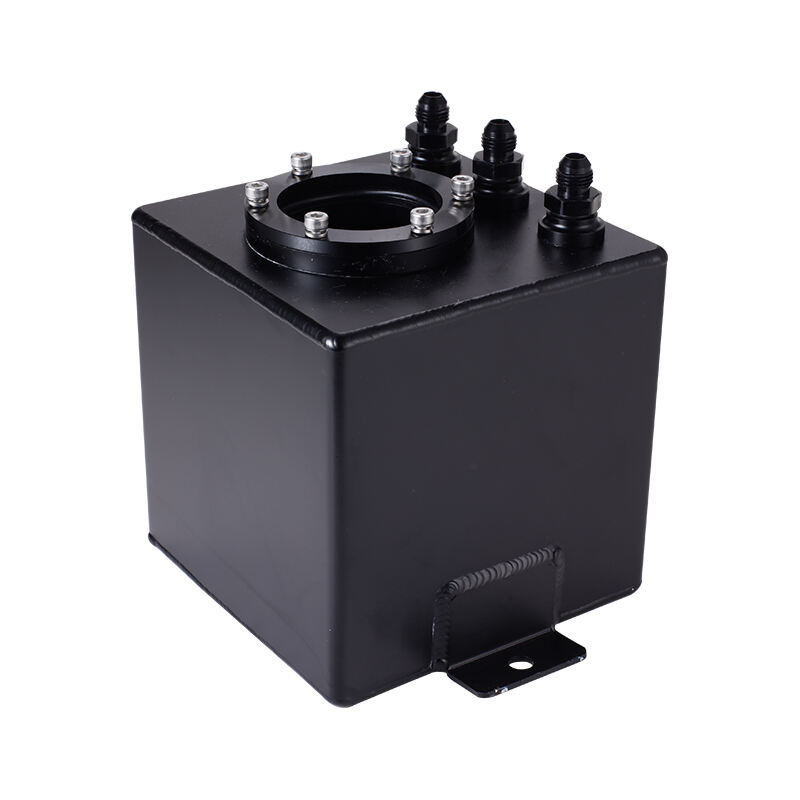
It is important to have a plan in place and to comply with the regulations when installing a fuel tank. No matter if it is above the ground or buried on the site, it is important to know how the situation is handled. The purpose of this article is to provide such details and related information about the installation of fuel tanks.
Pre Installation Planning
Selection of Installation Location: Determine and ensure that the installation site is appropriate and meets the zoning requirements. Also ensure that it is in a suitable spot to be easily accessed during refueling and also during maintenance operations.
Permits: Acquire all permits required for the installation stage. It is possible that this would involve assessment and approval from the local authorities.
Steps Of Installation
Preparation: Make sure that the installation site has been cleared off everything and is flat. In case of underground tanks, prepare the excavation site according to the dimensions of the tank.
Foundation: For any standard design of above ground tanks, a strong base is a must for supporting the structural weight of the tank. Such a loosening should also be done to avoid slippage or disturbances.
Placing the Tank: The tank should be positioned in the exact location that has been allocated. When placing underground tanks, use the recommended distance below the surface and backfill.
Installing Connecting Pipes: Fuel lines are connected during construction and are clamped in place. The connections on the joints are fitted and sealed to secure them against leakage.
Ventilation: Make sure that the tank is properly ventilated to enhance the process of pressure equalization and avoid the accumulation of vapor.
Testing: Prior to commissioning the tank, test it for leaks and pressure integrity after it has been fitted.
Compliance and Safety
Regulatory Compliance: Make sure that your installation complies with the local, state and federal requirements. This includes any safety and environmental measures.
Emergency Preparedness: Plan an emergency response plan for case of disposal or leaks. Educate the employees on safety measures and invasion of practice.